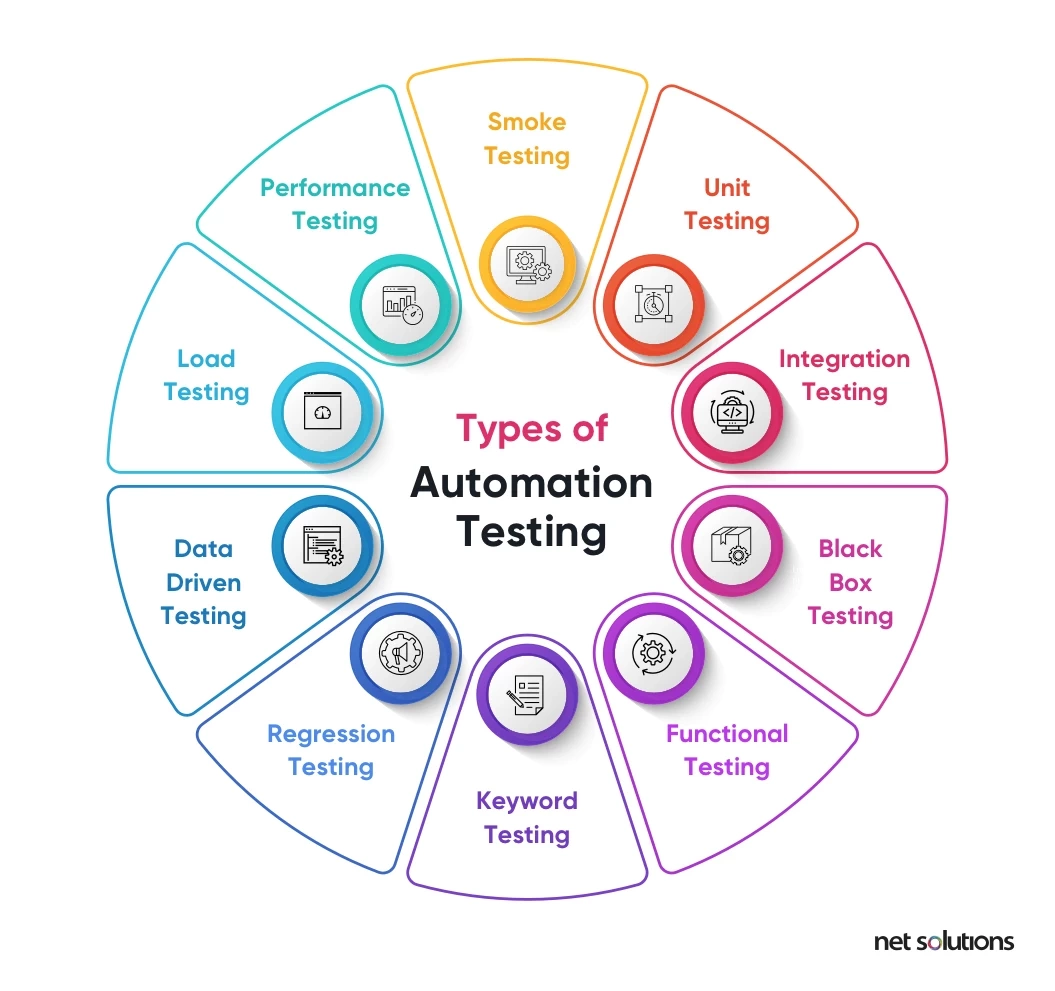From Handbook to Automated Testing: A Comprehensive Guide to Transitioning Efficiently and Successfully
In the realm of software program screening, the change from manual to automated procedures has become a progressively crucial change for companies looking for to improve effectiveness and accuracy in their testing practices. The trip from handbook to automated screening is not without its challenges, but when come close to purposefully and with a clear plan in mind, the advantages can be considerable.
Advantages of Automated Evaluating
Automated screening uses many benefits, enhancing efficiency and precision in software growth procedures. One primary benefit is the substantial reduction in screening time. Automated examinations can be run all at once on numerous tools and running systems, substantially accelerating the screening phase compared to hands-on testing. This increased performance enables faster responses on the top quality of the software application, making it possible for designers to identify and resolve problems quickly.
In addition, automated screening makes certain a greater level of precision in finding problems. Consistency in testing is also enhanced, as automated examinations execute the exact same steps exactly each time they are run.
Picking the Right Devices

Firstly, examine your goals and requirements. Recognize the extent of your project, the innovations involved, and the capability of your group. This analysis will certainly help you determine the attributes and capacities you need in your testing tools.
Secondly, consider the compatibility of the devices with your existing systems and processes. Seamless integration with your current software program development lifecycle is necessary to make certain a smooth transition to automation.
Furthermore, evaluate the scalability and flexibility of the tools. As your testing requires develop, the tools should have the ability to adjust and accommodate modifications properly.
Lastly, consider the support and community around the tools. When applying automated testing, robust assistance and an active user community can offer important resources and support. By thoroughly considering these aspects, you can select the right tools that align with your needs and established the phase for a successful change to automated screening.
Creating Effective Test Manuscripts

When crafting test manuscripts, it is important to take into consideration the certain demands of the software program being checked and make sure that the scripts resolve all critical capabilities. Clear and descriptive naming conventions for test scripts and test situations can boost readability and maintainability. In addition, including mistake handling mechanisms within the examination manuscripts can help in determining and addressing concerns quickly.
Furthermore, arranging test scripts right into modular components can boost reusability and scalability, minimizing redundancy and enhancing effectiveness in examination manuscript maintenance. Routine reviews and updates to test manuscripts are crucial to equal advancing software application requirements and functionalities. By complying with these concepts, testers can develop efficient and durable examination manuscripts that add significantly to the success of automated screening processes.
Integrating Automation Into Workflows
Effective combination of automation devices right into existing operations enhances procedures and enhances efficiency within software program advancement cycles. When incorporating automation into workflows, it is vital to recognize repeated tasks that can be automated to conserve time and reduce human error. By effortlessly integrating like it automated screening devices like Selenium or Appium into the software application development lifecycle, teams can attain faster feedback on code modifications, leading to quicker bug detection and resolution. This assimilation allows for continuous screening throughout the advancement process, guaranteeing that any issues are recognized beforehand, causing higher software quality. In addition, automation can be utilized to trigger tests instantly after each code dedicate, offering immediate recognition and liberating testers to concentrate on even more complicated scenarios. Correct combination of automation tools calls for cooperation between development, testing, and procedures teams to develop a unified process that optimizes performance and efficiency in supplying top notch software application products.
Ensuring a Smooth Shift
Successfully transitioning to automated screening involves precise preparation and mindful implementation to reduce interruptions and take full advantage of performance in the software program development process - automation testing. To guarantee a smooth shift, it is crucial to begin by conducting an extensive evaluation of the existing screening procedures and identifying locations where automation can bring the most significant benefits. Engaging with all stakeholders at an early stage while doing so, including designers, testers, and job supervisors, is critical for amassing assistance and buy-in for the automation campaign
Interaction is crucial throughout this shift phase. Clear communication of the goals, benefits, and assumptions of automated screening helps to manage any resistance or concerns that might emerge. In addition, giving ample training and sources for staff member to upskill in automation tools and methods is important for guaranteeing a successful transition.

Verdict
Finally, transitioning from manual to automated testing offers various benefits, including increased effectiveness and dependability. By choosing the proper devices, creating reliable examination manuscripts, and incorporating automation flawlessly right into operations, companies can make certain a smooth and effective change. It is vital to embrace automation as a valuable asset in software screening procedures to boost general high quality and efficiency.
In the realm of software testing, the change click from guidebook to automated procedures has become an increasingly vital transition for companies looking for to improve efficiency and precision in their screening methods. Automated tests can be run concurrently on several devices and running systems, drastically speeding up the screening phase compared to hand-operated testing. Consistency in screening is additionally enhanced, as automated tests implement the exact same steps specifically each time they are run.To guarantee the successful execution of selected screening tools, the creation of reliable test manuscripts plays an important function in confirming the performance and efficiency of automated procedures - automation testing. By adhering to these principles, testers can develop effective and durable test scripts that add considerably to the success of automated screening processes